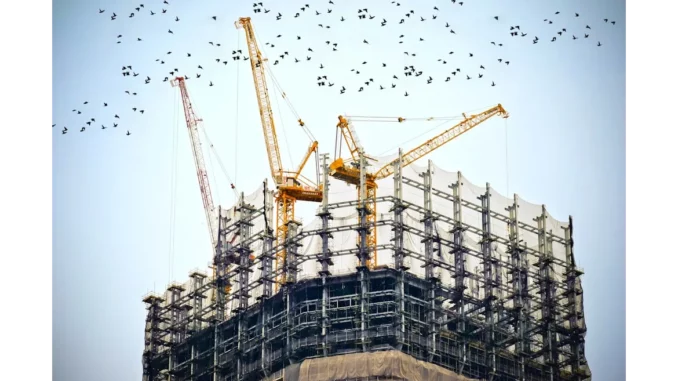
In the heart of Edinburgh, amidst the bustling streets and historic architecture, I had the chance to sit down with James Thornton, a seasoned architect and a prominent voice in the Scottish construction industry. Our meeting took place in a quaint café, where the aroma of freshly brewed coffee mixed with the excitement of a new legislative chapter for Scotland’s building sector. James had been closely following the developments around the proposed Scottish Building Safety Levy, and he was eager to share his insights.
Focus360 Energy: property compliance services – pre-planning to post-construction. Learn more.
As we settled into our seats, James began recounting the legislative journey that had led to this pivotal moment. “The idea of a building safety levy isn’t entirely new,” he said, sipping his coffee thoughtfully. “It’s part of a broader movement to ensure that our buildings, especially residential ones, are safe for everyone. The tragedy at Grenfell highlighted the urgent need for such reforms, and it’s heartening to see that Scotland is taking proactive steps.”
The proposed Scottish Building Safety Levy, set to be introduced under newly devolved powers from the UK Government, aims to raise essential funds for addressing building safety issues. Specifically, it targets the remediation of unsafe cladding on residential buildings—a concern that has loomed large over the industry and residents alike.
James explained how the levy would work: “Essentially, it’s a tax on developers constructing new residential buildings. The idea is to mirror what’s already happening in England with the UK Building Safety Act. It’s about creating a fund that can be used specifically for cladding remediation and ensuring that those living in these buildings can do so safely.”
The consultation process, which opened in late September and will run until mid-November, is a critical phase. It invites views from across Scotland, providing a platform for individuals, developers, and stakeholders to voice their opinions and concerns. “Consultation is key,” James emphasized. “It ensures that the levy is fair and that it truly addresses the safety issues without stifling development or creating economic distortions.”
James, having been part of several consultation processes before, highlighted the importance of collaboration. “The Scottish Government’s approach is very much in line with their New Deal for Business and Framework for Tax. They are working closely with developers to ensure the levy not only raises the necessary funds but also supports the industry in a sustainable way.”
As he spoke, it became clear that the success of this initiative hinges on balanced input from all parties involved. The construction sector, while understanding the necessity of such a levy, also seeks assurances that the funds will be used effectively. “Developers are quite supportive,” James noted, “because they recognise the importance of safety. But they also want transparency on how the funds are allocated and used.”
The conversation drifted towards the future implications of the levy. James was optimistic but also cautious. “If implemented well, this levy could set a precedent for other regions. It could become a model of how legislation can be used to enhance building safety while maintaining industry growth. However, it requires careful planning and execution.”
I asked James about the potential challenges that might arise. He acknowledged that while the intentions are noble, the practicalities of implementation could prove complex. “There’s always the risk of economic distortions,” he warned. “If the levy isn’t calibrated correctly, it could inadvertently create an uneven playing field between regions or even within Scotland itself.”
Yet, despite these challenges, James’s outlook remained positive. “The fact that we’re having these discussions is a testament to the progress we’ve made. The industry has come a long way, and with continued dialogue and cooperation, I’m confident we can achieve the goals set out by this legislation.”
As our conversation drew to a close, I was struck by James’s passion and dedication to his field. His insights provided a nuanced perspective on the proposed Scottish Building Safety Levy—one that balances optimism with realism, and ambition with practicality.
Leaving the café, I felt a renewed appreciation for the intricate dance of legislation, safety, and industry dynamics. The building safety levy is more than just a tax; it’s a commitment to safer homes and a testament to the power of collective effort in shaping a better future for Scotland’s built environment.
John Williams


Be the first to comment